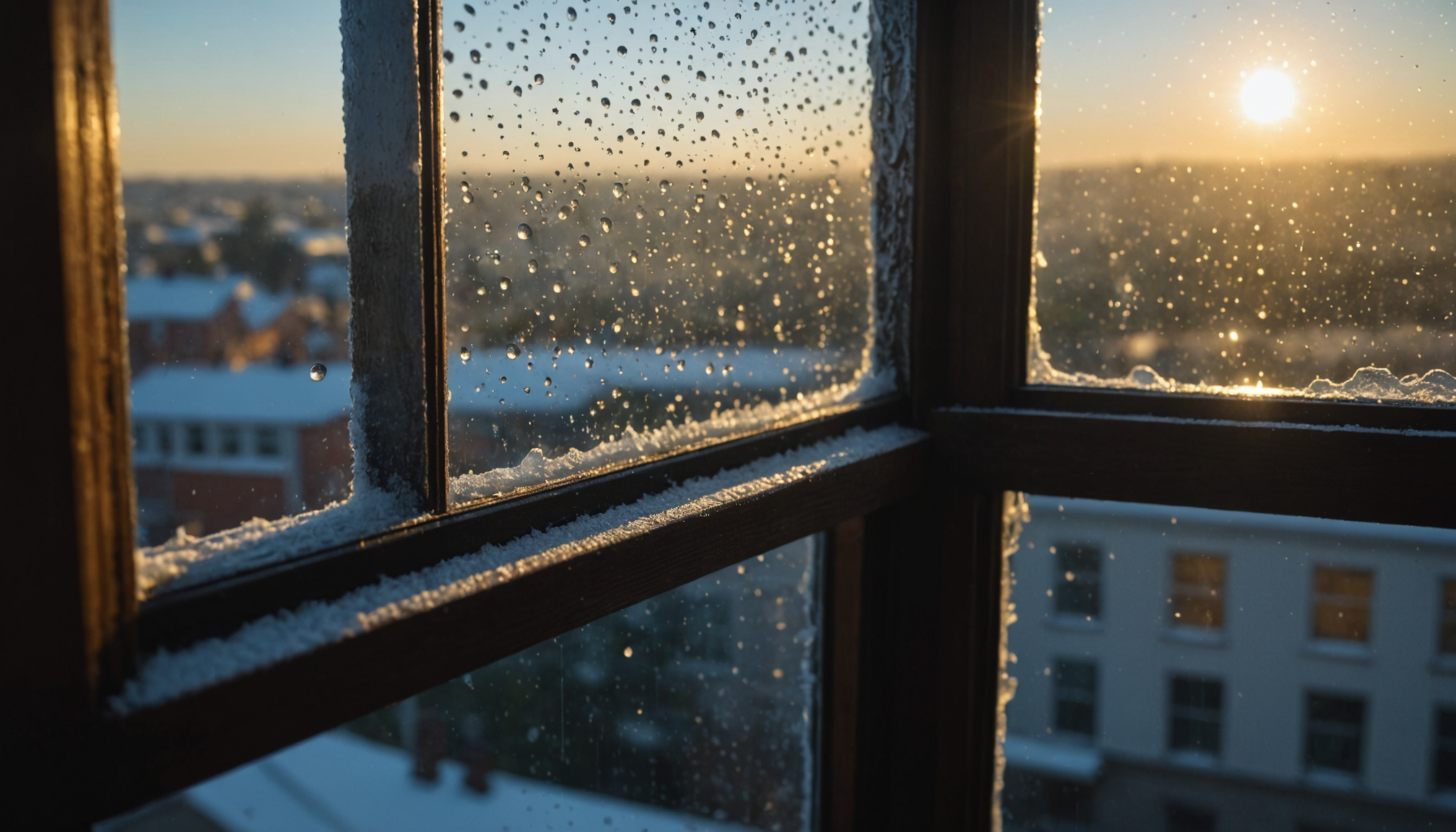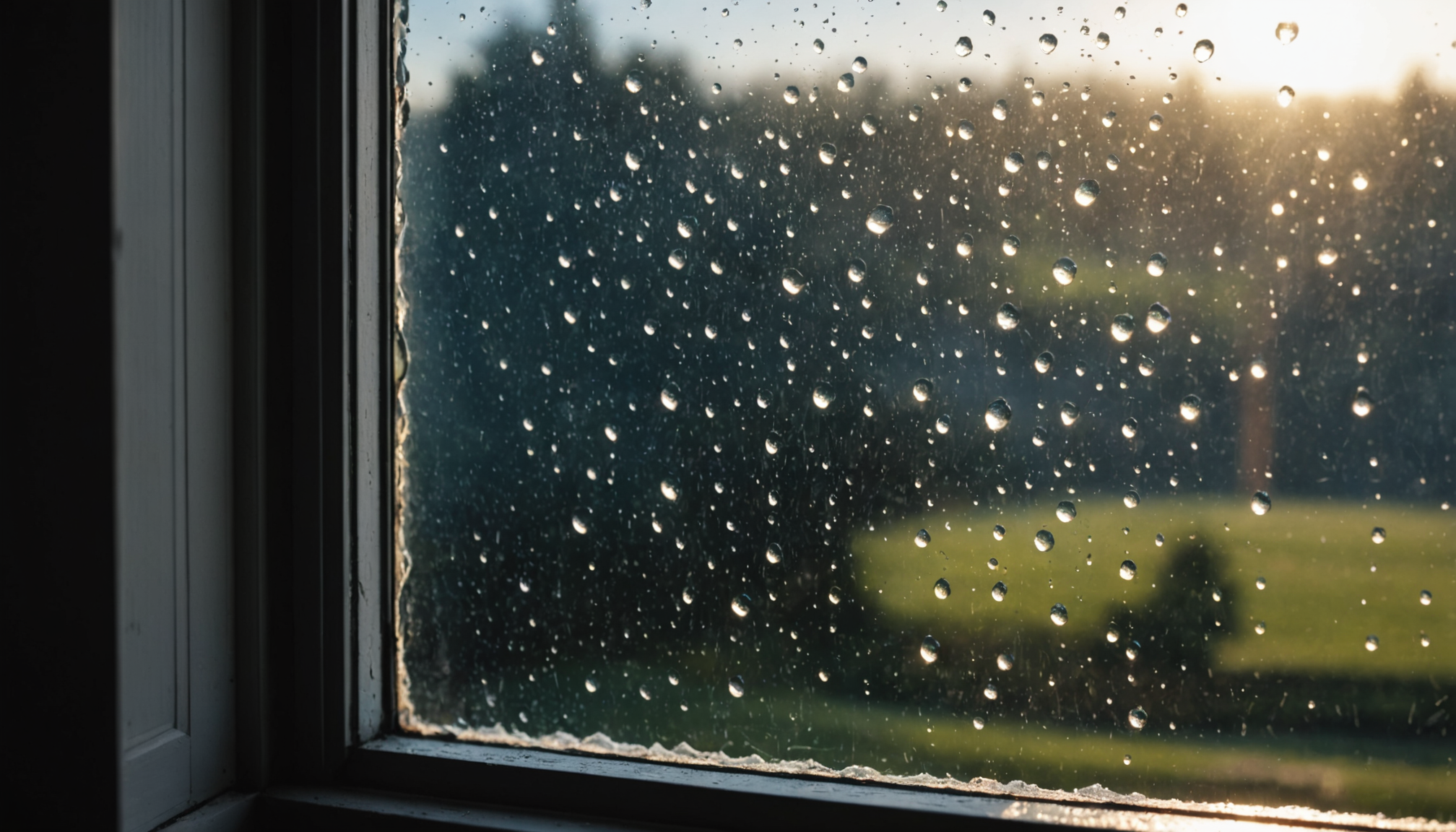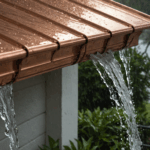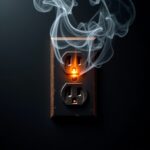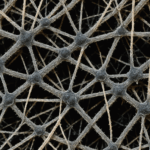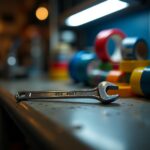According to the Environmental Protection Agency, mold can begin growing within 24-48 hours when conditions are right, making regular mold inspection crucial for maintaining a healthy home. The most susceptible areas typically include spaces with relative humidity levels above 60% and poor ventilation.
Window sills and frames are prime breeding grounds for mold, especially in older homes where condensation frequently accumulates. Studies by the International Association of Certified Home Inspectors reveal that nearly 85% of water damage occurs on the interior side of windows, creating perfect conditions for mold growth.
Basements and crawl spaces represent another critical zone for moisture control. Research from the Building Science Corporation shows that these areas account for approximately 60% of household mold problems. Pay special attention to:
- Corners where exterior walls meet the floor
- Areas around sump pumps and drain pipes
- Storage areas where boxes or furniture touch walls
- Spaces beneath or behind stored items
Attics and roof intersections deserve particular scrutiny during home maintenance routines. The National Association of Home Builders reports that improper attic ventilation contributes to 90% of premature roof failures and creates ideal conditions for mold development. Look for dark spots near roof vents, chimney flashing, and where roof planes meet.
Indoor plants and their surrounding areas constitute another common mold zone. While plants enhance indoor air quality, overwatering and poor drainage can create localized humidity spikes. The University of Michigan’s Indoor Air Quality Research Group suggests maintaining at least 6 inches of space between plants and walls, and using humidity trays with pebbles to manage excess moisture.
Air conditioning units and their drainage paths require regular inspection, as they can harbor significant mold growth. The Department of Energy estimates that 60% of AC systems have some level of biological contamination, making them critical points for moisture control monitoring.
Bathroom and plumbing trouble spots
Bathrooms present some of the most challenging moisture control scenarios in any home, with daily showers and running water creating an ideal environment for mold proliferation. The area behind toilets often harbors hidden moisture problems, particularly where supply lines meet the wall and around the base seal. According to the American Society of Home Inspectors, up to 75% of bathroom mold issues stem from undetected plumbing leaks.
Shower enclosures require particular attention during routine mold inspection, especially along caulk lines and grout joints. The steam from hot showers can penetrate these areas, creating persistent dampness that’s difficult to eliminate. Pay special attention to shower curtains and liners, which can harbor mold on both sides, especially near the bottom where water collects.
Under-sink cabinets frequently experience problems due to slow leaks or condensation on pipes. These dark, enclosed spaces provide perfect conditions for mold growth, especially where supply lines and drain pipes penetrate cabinet walls. Professional plumbers report that nearly 90% of under-sink mold issues go unnoticed until significant damage has occurred.
The area around bathtub fixtures and faucets deserves careful scrutiny during home maintenance checks. Water can seep behind wall plates and escutcheons, creating hidden moisture problems that may not become visible until extensive damage has occurred. Even small gaps in caulking can allow enough moisture penetration to support substantial mold colonies.
- Inspect plumbing access panels quarterly for signs of moisture or discoloration
- Check caulk lines monthly and reseal at the first sign of separation or cracking
- Monitor exhaust fan performance regularly – proper ventilation can reduce bathroom humidity by up to 50%
- Replace shower curtain liners every 3-6 months to prevent mold accumulation
Behind walls and under floors
Many homeowners overlook crucial areas behind walls and under floors until serious problems emerge. Moisture sensors indicate that up to 90% of hidden water issues develop gradually, making regular mold inspection essential. The space between wall studs often traps moisture from minor leaks, condensation, or exterior water penetration, creating perfect conditions for extensive mold growth.
A common mistake is ignoring small water stains on baseboards or slight bulging in drywall, assuming these signs are cosmetic issues. Professional inspectors report that by the time visible signs appear, mold colonies have typically been growing for 3-4 weeks. Homeowners should regularly check:
- Areas around electrical outlets and switch plates for discoloration
- Floor joists and subfloor materials, especially near plumbing runs
- Wall cavities adjacent to exterior doors and windows
- Spaces around HVAC ductwork and vents
Another frequent oversight occurs during home maintenance when people seal off crawl space vents to save energy, inadvertently creating stagnant air conditions that promote mold growth. Proper moisture control requires maintaining adequate ventilation while preventing ground moisture from rising into the structure.
People often make the mistake of storing cardboard boxes directly on basement floors or against walls. These materials readily absorb moisture and become perfect breeding grounds for mold. Using plastic storage containers elevated on pallets or shelves can prevent this issue.
The most serious errors happen during renovation projects when contractors or DIY enthusiasts discover water damage but fail to thoroughly investigate its source. Studies show that 65% of mold remediation projects require additional work because the initial moisture source wasn’t properly addressed. Before closing up walls or laying new flooring, it’s crucial to:
- Conduct thorough moisture readings of all affected materials
- Inspect adjacent areas for potential water sources
- Document and repair any plumbing or structural issues
- Ensure materials are completely dry before enclosing spaces
Kitchen and appliance inspection areas
Your kitchen can harbor numerous hidden mold colonies, particularly in areas where moisture and food particles combine. The space behind refrigerators often accumulates condensation, creating an ideal environment for mold growth. According to appliance maintenance experts, over 70% of refrigerators have some degree of mold growth in their drip pans or behind the unit.
Dishwashers require particular attention during mold inspection routines. The rubber gaskets around doors and internal hose connections frequently develop mold due to constant moisture exposure. Check these areas monthly, and don’t forget to inspect the space where the appliance meets the countertop and flooring.
Cabinet interiors, especially those under sinks or near dishwashers, need regular moisture control monitoring. Studies show that nearly 60% of kitchen cabinet damage starts with undetected water leaks. Key areas to examine include:
- Corner spaces where pipes enter cabinets
- The area beneath garbage disposals
- Spaces around dishwasher supply and drain lines
- Cabinet bottoms, particularly near the back
Microwave vents and range hoods play crucial roles in kitchen moisture management. Poor ventilation during cooking can lead to excess humidity, which settles on surfaces and creates conditions favorable for mold growth. Regular home maintenance should include cleaning these systems and verifying proper operation.
Small appliances like coffee makers and water dispensers can create localized humidity zones. The spaces behind and beneath these devices often remain damp, supporting mold growth. Consider relocating frequently used appliances periodically to inspect and clean underneath them.
Don’t overlook the importance of checking seals around kitchen windows and doors, especially those near food preparation areas. Condensation here can mix with food particles in the air, creating an nutrient-rich environment for mold. Professional kitchen inspectors recommend wiping these areas weekly and maintaining proper ventilation during cooking activities.
Remember to pay attention to the spaces between appliances and countertops, as well as the caulk lines where counters meet walls. These narrow gaps can trap moisture and food debris, providing perfect conditions for mold development. Regular cleaning and prompt repair of any separated caulking can prevent serious problems from developing.
Prevention and maintenance strategies
- How often should I perform a thorough mold inspection of my home?
- A comprehensive mold inspection should be conducted every 3-4 months, with more frequent checks in high-risk areas like bathrooms and basements. During humid seasons, increase inspections to monthly intervals for better moisture control.
- What’s the ideal humidity level to prevent mold growth in my house?
- Indoor relative humidity should be maintained between 30-50% to effectively prevent mold growth. Use dehumidifiers in problem areas and monitor levels with a hygrometer, especially during humid weather conditions.
- Can I handle mold removal myself, or should I always call a professional?
- Small areas of mold (less than 10 square feet) can typically be handled by homeowners using proper safety equipment and cleaning products. However, larger infestations or mold in HVAC systems require professional remediation to ensure complete and safe removal.
- What’s the best way to prevent mold growth in my bathroom?
- Regular home maintenance should include running the exhaust fan during showers and for 30 minutes afterward, wiping down surfaces, and fixing leaks immediately. Apply mold-resistant caulk around fixtures and consider using mold-resistant shower curtains and bath mats.
- How can I protect my basement from mold during humid summers?
- Use a dehumidifier to maintain proper moisture levels and ensure good air circulation with fans. Keep items elevated off the floor, inspect for water seepage regularly, and consider applying waterproof sealants to walls and floors as preventive measures.
